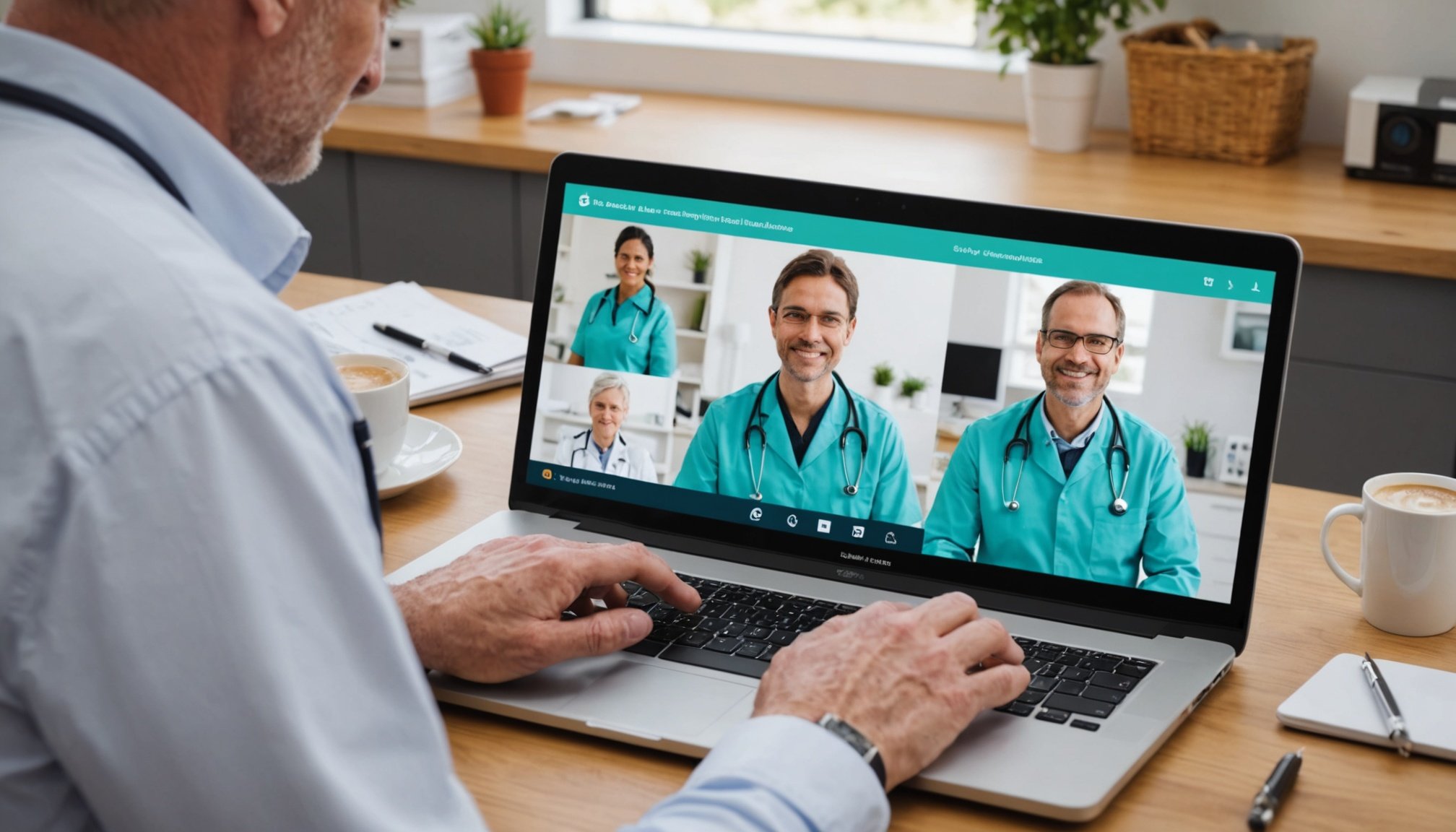The landscape of healthcare is continuously evolving, especially in the wake of technological advancements. In the United Kingdom, rural areas often face unique challenges in accessing quality healthcare services. Many patients residing in these communities struggle with limited access to healthcare professionals and facilities. However, the rise of telemedicine offers promising solutions to bridge these gaps. This article explores how telemedicine can improve healthcare access for rural communities in the UK, enhancing patient care and overall health outcomes.
Understanding the Challenges of Rural Healthcare Access
Accessing healthcare services in rural areas presents various challenges. Geographically, many patients reside far from hospitals and clinics, necessitating long travel times to receive care. This can be particularly burdensome for the elderly or those with chronic conditions, who may struggle with mobility. Additionally, rural communities often have fewer healthcare providers, leading to longer wait times for appointments. According to recent studies, medical shortages in these areas can result in inadequate care, affecting the overall health of the community.
Additional reading : How does air quality in UK cities impact respiratory health among residents?
Moreover, healthcare services in rural regions may lack the necessary infrastructure to support comprehensive patient management. Many facilities are not equipped with advanced technology, limiting their ability to provide specialized care. The COVID-19 pandemic further highlighted these issues, as patients in rural areas faced even greater barriers to accessing timely treatment.
Telemedicine serves as a potential solution to these challenges. By utilizing technology, patients can connect with healthcare providers without the need for extensive travel. Virtual visits can facilitate timely consultations, enabling providers to deliver care and advice from a distance. This is particularly beneficial for managing chronic health conditions, where regular follow-ups are essential for effective treatment. Overall, understanding these barriers is crucial in recognizing the potential benefits of telemedicine in enhancing the health and wellbeing of rural communities.
Also to read : How can understanding gut health contribute to overall well-being in the UK?
The Role of Technology in Telemedicine Solutions
Technology plays a pivotal role in the implementation of telemedicine solutions. With the increased availability of high-speed internet and smartphones, patients in rural areas can access medical services more easily than ever before. Telehealth platforms enable patients to consult with healthcare professionals via video calls, chat, or even email, thus removing the hurdles of geographical distance.
The integration of telemedicine technologies allows for a variety of services that directly cater to the needs of rural communities. For instance, remote monitoring tools enable healthcare providers to track patient vitals and conditions from afar. This is particularly important for patients with chronic illnesses who require regular monitoring. These tools not only enhance patient management but also reduce the need for frequent in-person visits, freeing up both time and resources.
Furthermore, the use of technology in healthcare management allows for better data sharing between providers. Electronic health records (EHRs) make it easier for doctors to access patient histories and make informed decisions about treatment plans. This interconnectedness enhances the efficiency of care delivery and results in better health outcomes for patients. As we continue to embrace the digital age, it is essential for rural regions to harness these technological advancements to improve healthcare access and quality.
Enhancing Patient Care Through Telemedicine
Telemedicine can significantly enhance patient care for those living in rural areas. One of the key benefits is the ability to provide immediate access to specialists. In many rural communities, certain specialties are unavailable or limited. Telemedicine allows patients to consult with specialists who may be located hundreds of miles away, ensuring that they receive the expert care they need without the stress of travel.
Moreover, telehealth services facilitate timely intervention, particularly in emergency situations. Through telemedicine, patients can receive advice and support almost instantly, ensuring that they do not delay treatment due to transportation concerns. This is crucial for conditions that require urgent care, such as heart attacks or strokes, where every minute counts.
Additionally, telemedicine fosters a continuous connection between patients and providers. Regular check-ins via video or phone consultations can help patients feel supported and engaged in their own health management. This ongoing relationship can lead to greater adherence to treatment plans, ultimately improving health outcomes. Healthcare providers can offer personalized care and advice, guiding patients through their health journeys with empathy and understanding.
Incorporating telemedicine into healthcare strategies provides a holistic approach to patient care, ensuring that even those in the most isolated rural areas can access quality services and support.
The Future of Telemedicine in Rural Healthcare
Looking ahead, the future of telemedicine in rural healthcare appears promising. As technology continues to evolve, we can expect even more innovative solutions that address the specific needs of these communities. For instance, advancements in artificial intelligence and machine learning are paving the way for improved diagnostic tools and decision-making support for healthcare providers.
Furthermore, telemedicine can enhance public health initiatives by facilitating community health programs. With the ability to reach patients remotely, health campaigns focused on prevention and education can engage more individuals than traditional outreach methods. This is particularly beneficial in rural areas where health literacy may be lacking.
Regulatory and policy frameworks are also adapting to accommodate the rise of telehealth. Governments and health organizations are beginning to recognize the importance of telemedicine in improving access to care. As policies evolve, we may see increased funding and support for technology infrastructure in rural areas, ensuring that patients can benefit from these services.
Ultimately, the continued integration of telemedicine into healthcare systems in the UK holds the potential to transform the way rural communities receive care. By breaking down barriers and leveraging technology, we can work towards a future where every individual, regardless of their geographical location, has access to the healthcare they deserve.
In conclusion, telemedicine offers a beacon of hope for rural communities struggling with healthcare access. By addressing the unique challenges faced by these areas, telehealth enables patients to receive timely care and support, ultimately leading to improved health outcomes. The role of technology in facilitating these services cannot be overstated; it serves as the backbone of a more efficient and effective healthcare delivery system.
As we move forward, embracing telemedicine will be crucial in ensuring that all communities, regardless of their location, can access the healthcare services they need. The future of rural healthcare is bright, as we continue to innovate and adapt to the demands of our society. It is imperative that stakeholders—including government entities, healthcare providers, and patients—collaborate to harness the full potential of telemedicine, making quality healthcare accessible to everyone.










